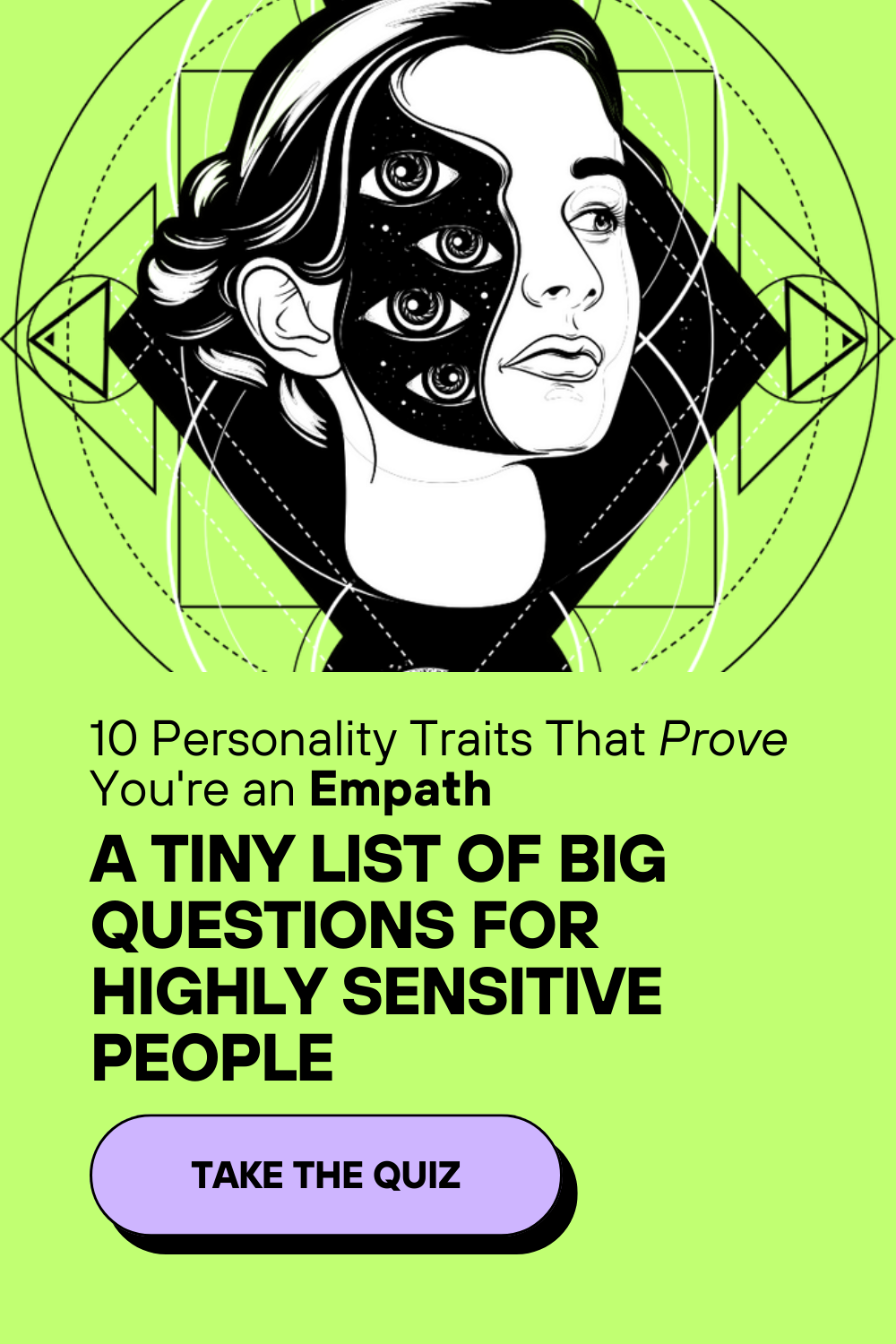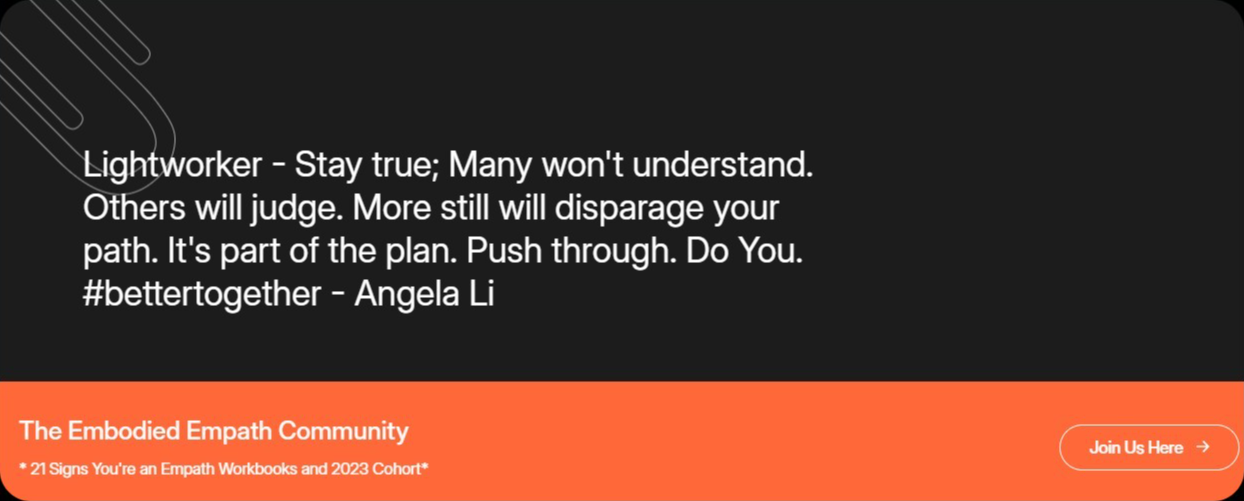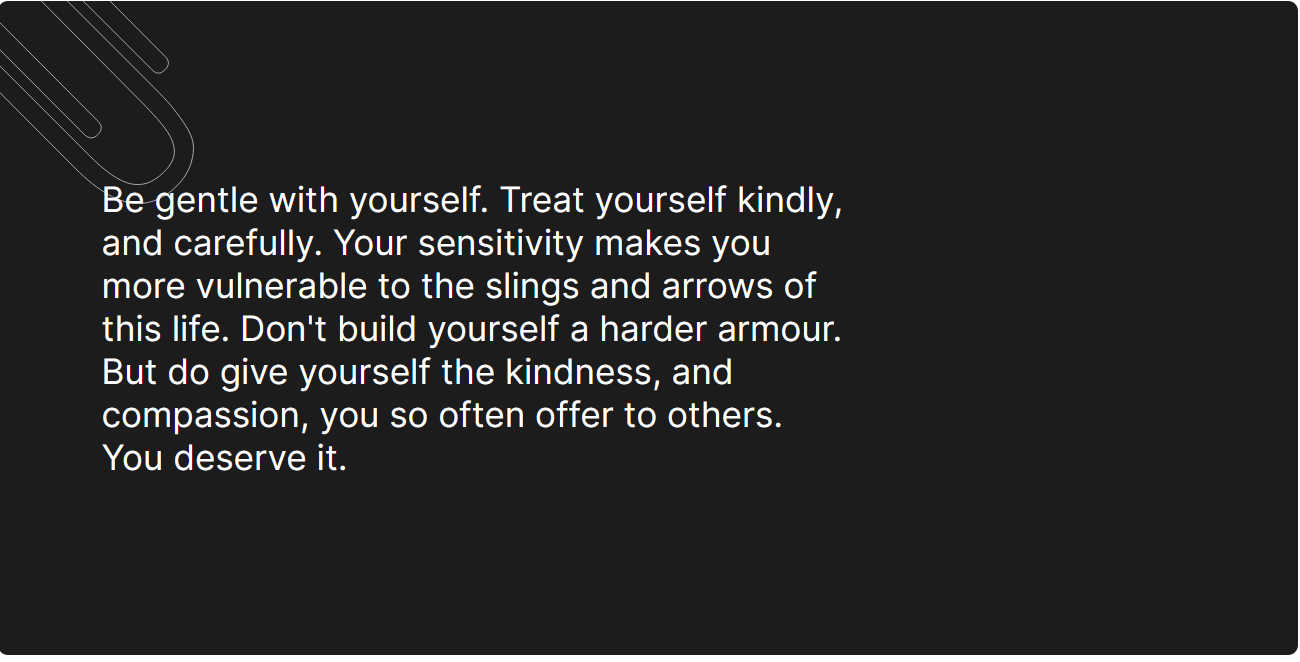https://www.mcgill.ca/oss/article/pseudoscience/netflixs-afterlife-show-dead-arrival
A super critical article on Tyler Henry’s popular Netflix series that to my eye, doesn’t capture the spirit (no pun intended) of the same show we watched.
While there are no shortage of bad mediums, fake psychics, charismatic charlatans and wishful thinking want to be’s in the spiritual scene, I genuinely don’t get that vibe from Tyler Henry. What about you?
Check out the full article on Tyler following the excerpt below.
What it ends up being is a room in Henry’s house, painted the colour of Doctor Who’s TARDIS, with the pencil scribbles he does to meditate hung up in black frames and acting like windows. Inside the dark room, Henry spends an hour looking into a mirror that’s angled away from him, trying to get impressions from the afterlife. It’s the only time we see Henry’s father on the show. I can only imagine the impressions that went through his head when his son explained to him why he needed this room. Tyler Henry—jolly, clean-cut, seemingly in his early twenties, with strands of blond-highlighted hair he keeps brushing away from his face—came to fame as the star of the television show Hollywood Medium, in which he used his self-professed gift to relay messages to celebrities from their dearly departed.
Now, he has been added to the ever-expanding Netflix catalogue of feel-good hooey, which includes Gwyneth Paltrow’s goop lab and Zac Efron’s travels with his health guru. On Life After Death, Tyler Henry gives readings to the fans on his long waiting list, while a B-plot finds him literally powerless in the face of a family mystery. As a skeptic, I feel it important to first confront the central claim made by this show: that Tyler Henry can get impressions from the dead. There is no good evidence that the dead talk to us. What can play the role of mediumship, however, are two techniques called cold reading and hot reading, and while the former can appear banal when described, it can be very convincing in the right hands, especially if the “sitter,” whom the medium “reads,” is vulnerable and misremembers the details of the session. If I wanted to pretend that I could hear from the dead and didn’t have any information about the client sitting in front of me, I would use cold reading techniques. I would state a personality trait and its opposite: “The deceased was quiet and reserved, but when the mood struck, they could be quite the life of the party.” I would use flattery: “They were a good person.” I would say their death was tied to something in the chest area, a fuzzy fact that can be spun to include heart attack, difficulty breathing, any cancer in the chest, or even simply someone’s last breath. I would use the vanishing negative: “She didn’t work with children, did she?” Whether the answer is yes or no, it will be remembered as a hit. These tricks have been described by Ian Rowland in his book The Full Facts Book of Cold Reading and by many others, because they work and continue to fool people. I don’t know for a fact that Tyler Henry uses cold reading on the show, but it often looks like he does. The vague impressions he gets have to be clarified by the sitter, prompted by Henry asking, “Can you fill in the blanks?” Only, the blanks aren’t rare; they’re pretty much the whole text. He often has to ask for the dead person’s name, and the vague bits he does volunteer are often confirmed by very visible changes in the sitter’s disposition: they look at their friend with awe in their eyes or they start crying.
Subscribe to our email newsletter to get the latest posts delivered right to your email.




Comments